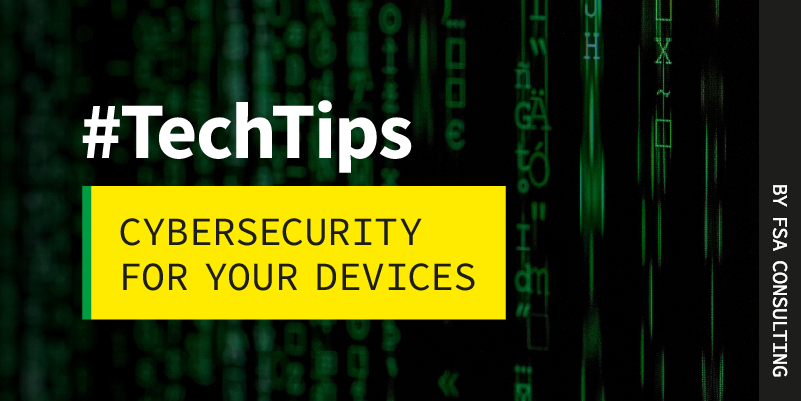Eight cybersecurity agencies across the globe released a joint cybersecurity advisory warning of increased cyber attacks in the wake of Russia’s recent invasion of Ukraine. These agencies are part of the Five Eyes intelligence alliance, an agreement between Australia, Canada, New Zealand, the United Kingdom, and the United States. Their roots go back to intelligence meetings between code-breakers in World War II.
What to Look Out For
Evidence of attempted cyber attacks manifest in many ways including:
- Email messages with phishing, whaling (emails impersonating or attacking company executives), SPAM, and password-related tips with attachments and links to click.
- Email messages with obviously misspelled words, strange or big requests, links to 3rd party websites, and emails from erroneous addresses.
- Fraudulent security pop-up warnings when visiting a website with a prompt to download a security fix or call a “support” number.
- Requests for remote support sessions.
- Desktop tickers, changes to screensavers, wallpapers, and lock screens.
4 Ways to Ensure Cybersecurity
These new threats plus remote working can expose potentially new vulnerabilities for your company. Accordingly, you should assess your security systems and protocols. Focus on cybersecurity when you set up your systems. Remember to review and update systems after the initial setup.
Here are four things to revisit to keep everything secure:
1. Secure Your Internet and Wi-Fi
This seems obvious, and of course, your office Internet is password protected. But is the Wi-Fi updated? How old are your routers? It’s great to have everything set up and working, but you can’t just “set it and forget it.” Monitor your Internet and network security regularly and update as needed. Do not broadcast your network’s name. Change your passwords regularly. And don’t forget about your guest network. Most companies provide Wi-Fi access to clients and guests who come into their office. Make sure they connect to a guest network with a very different name and password from the name of your business Wi-Fi.
2. Secure Your Devices
Anything that connects to your network also needs to be secure. Employ strong passwords that are changed regularly and two-factor authentication where possible. This is important in any office, and especially crucial if you have employees that go out into the field or work remotely. One unsecured device makes your entire system vulnerable to data breaches.
3. Backup Your Data
If you don’t have data backup systems, get some. Determine if an onsite, offsite to a remote server, or cloud-based backup is best for your company. Employ an onsite system to ensure that your company data can be saved from a local server crash. This can be as small as an external hard drive, to larger LAN storage, or tape backups. Protect your data against accidents or natural disasters by backing up your data to an offsite server or the cloud. This allows you to access your data in the event of something like an office fire. If you already have backup systems, make sure they are kept up to date. Set up automated backups on a schedule. And always keep a copy of your backups offline.
4. Provide Ongoing Cybersecurity Training
Your employees are your first line of defense when it comes to security. Consistent and ongoing training is important to educate them on security basics, remind them of best practices, and keep them up to date on the latest vulnerabilities and threats. Accordingly, make cybersecurity training part of your company’s onboarding process. This is especially important for remote workers so you can ensure that their devices and home networks are as secure as your office space.
Contact FSA Consulting today to review your security protocols and systems and ensure that you keep your employees, clients, and business safe. We can provide security assessments and training for you and your staff.
Some additional resources:

